Comet ‘Oumuamua: a lost extraterrestrial visitor to our solar system?
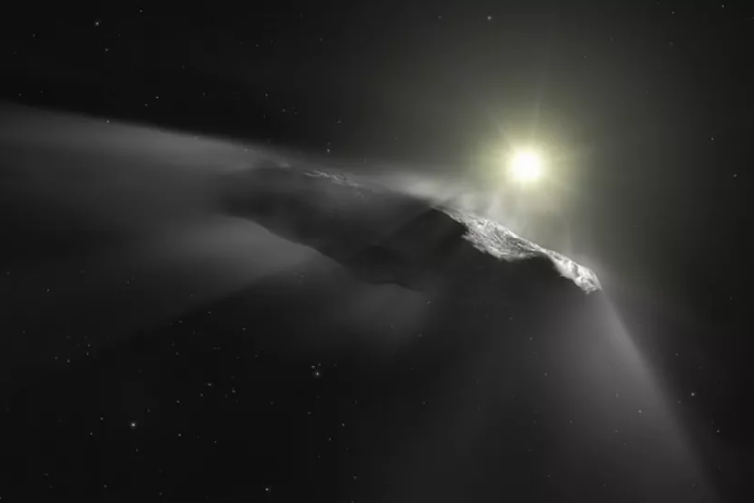
Let’s talk about the mysterious comet called ‘Oumuamua, which visited our solar system in 2017 and generated a lot of intrigue among scientists and the general public. Unlike most comets, ‘Oumuamua did not have a bright tail and was shaped in a very peculiar way, resembling a cigar or pancake, making it look more like an asteroid. Furthermore, its path around the sun puzzled astronomers, leading some to suggest that it could be an alien spacecraft.
However, a University of California scientist and a Cornell University astronomer have proposed a much simpler explanation for ‘Oumuamua’s strange deviations in trajectory. According to them, these deviations could be explained by the release of hydrogen as the comet is heated by sunlight. Most comets approach the sun from the far reaches of the solar system and, when heated by sunlight, eject water and other molecules, producing a bright halo around them and often a tail of gas and dust. The gases that are expelled work like the thrusters of a spacecraft and slightly alter the path of the comet with respect to other objects in the solar system.
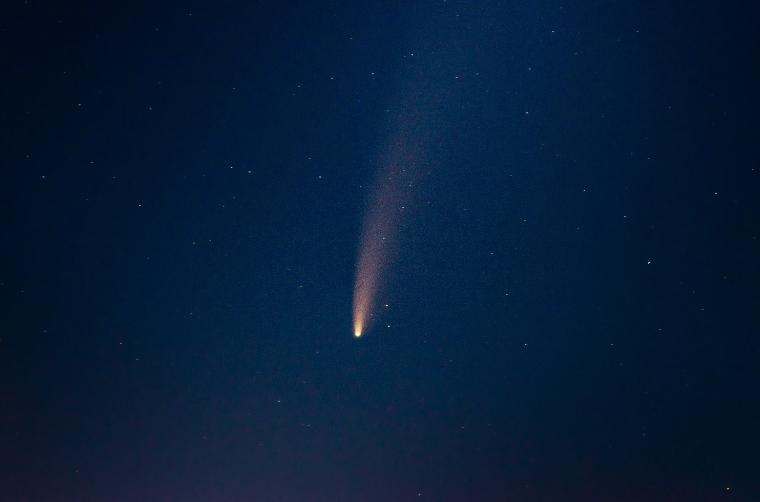
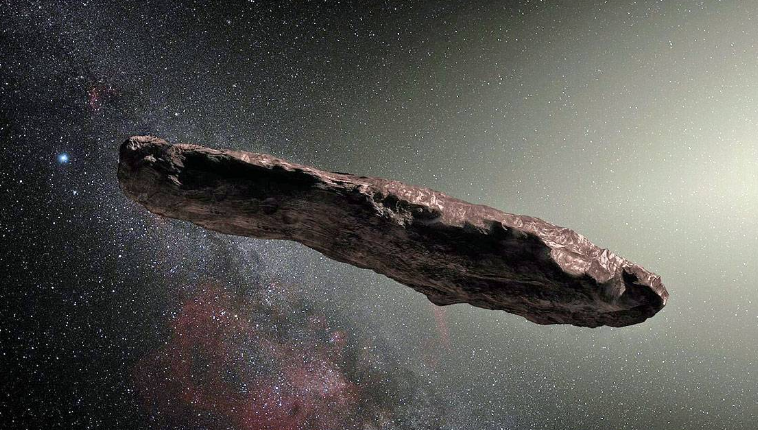
When ‘Oumuamua was discovered, it did not have a halo or tail and was too small and too far from the sun to expel enough water. This led astronomers to speculate about its composition and what was pushing it out. Scientists now believe that the comet may have trapped hydrogen inside it as it traveled through space, which was released when it was heated by the sun and caused its path to be deflected.
Chemistry professor Jennifer Bergner from UC Berkeley and her colleague Darryl Seligman from Cornell University conducted research showing that when ice is struck by high-energy particles, molecular hydrogen (H2) is produced in abundance and remains trapped inside the ice. Cosmic rays can penetrate tens of meters into the ice, turning a quarter or more of the water into hydrogen gas. For a comet several kilometers in diameter, outgassing would be from a very thin shell compared to the rest of the object, which would not be a detectable effect.
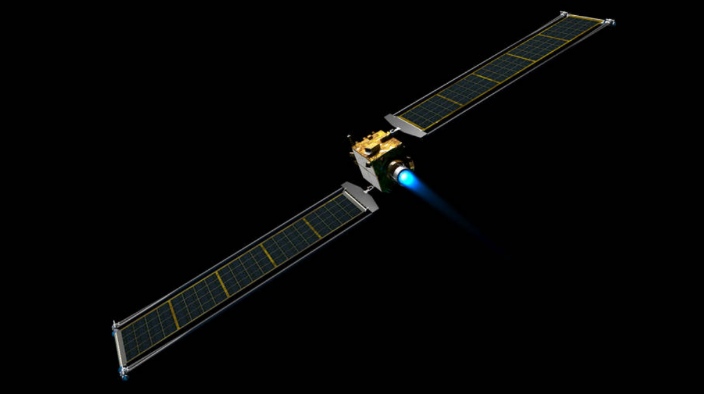
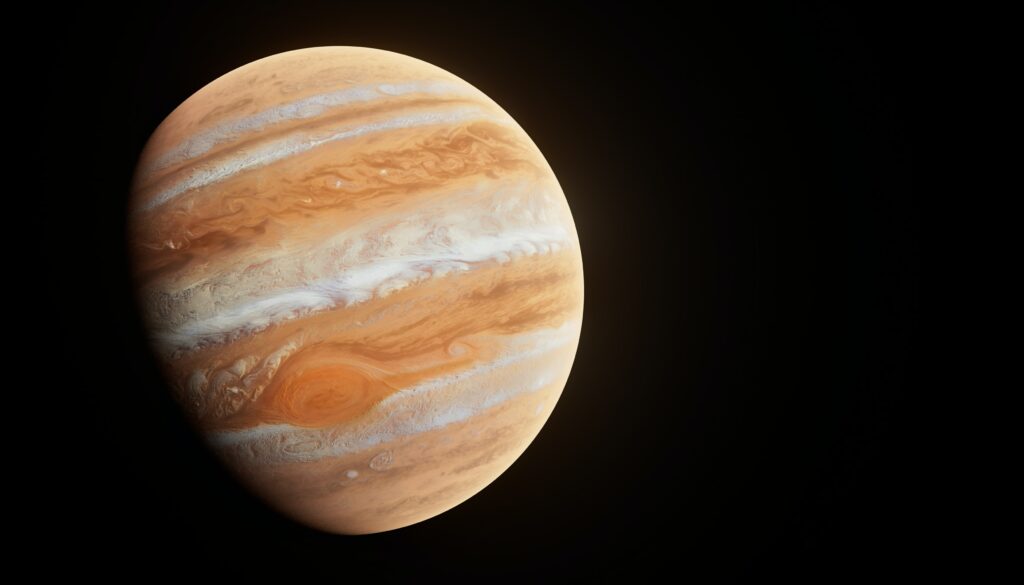


Responses